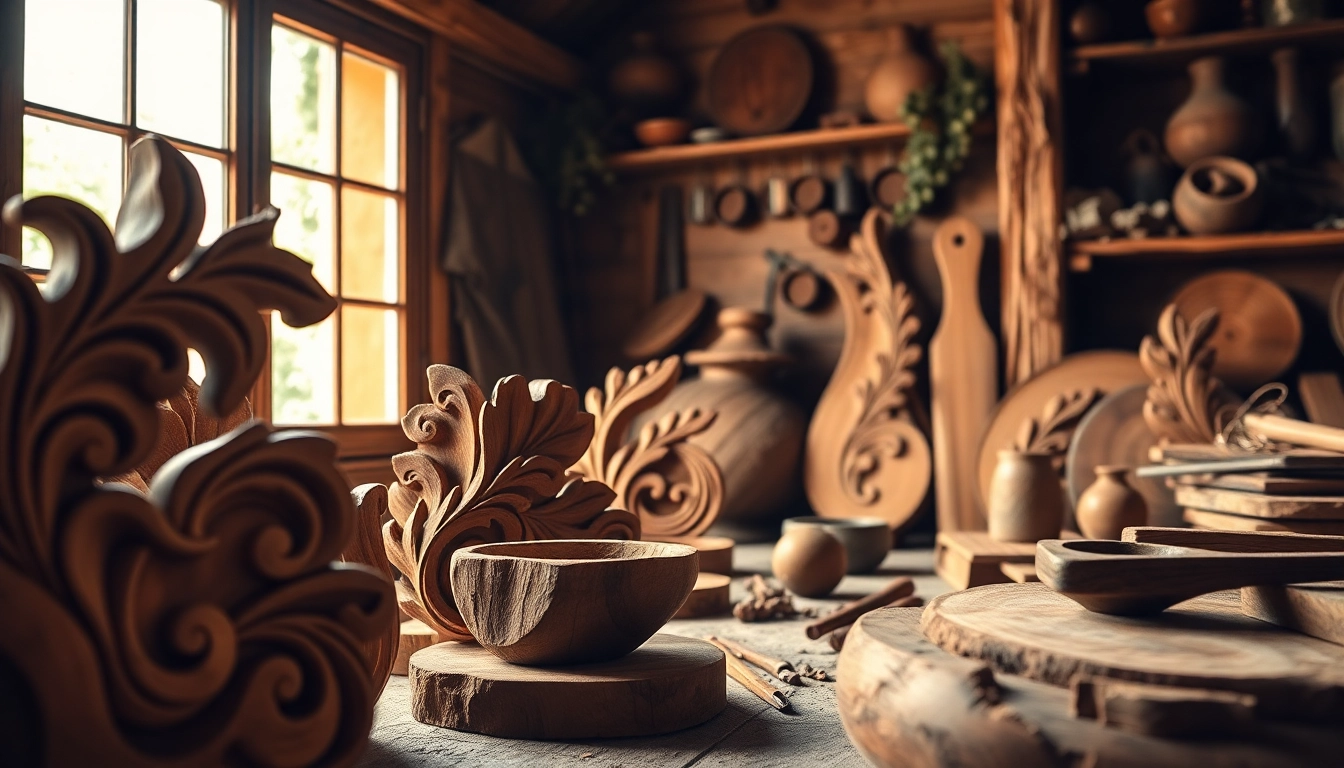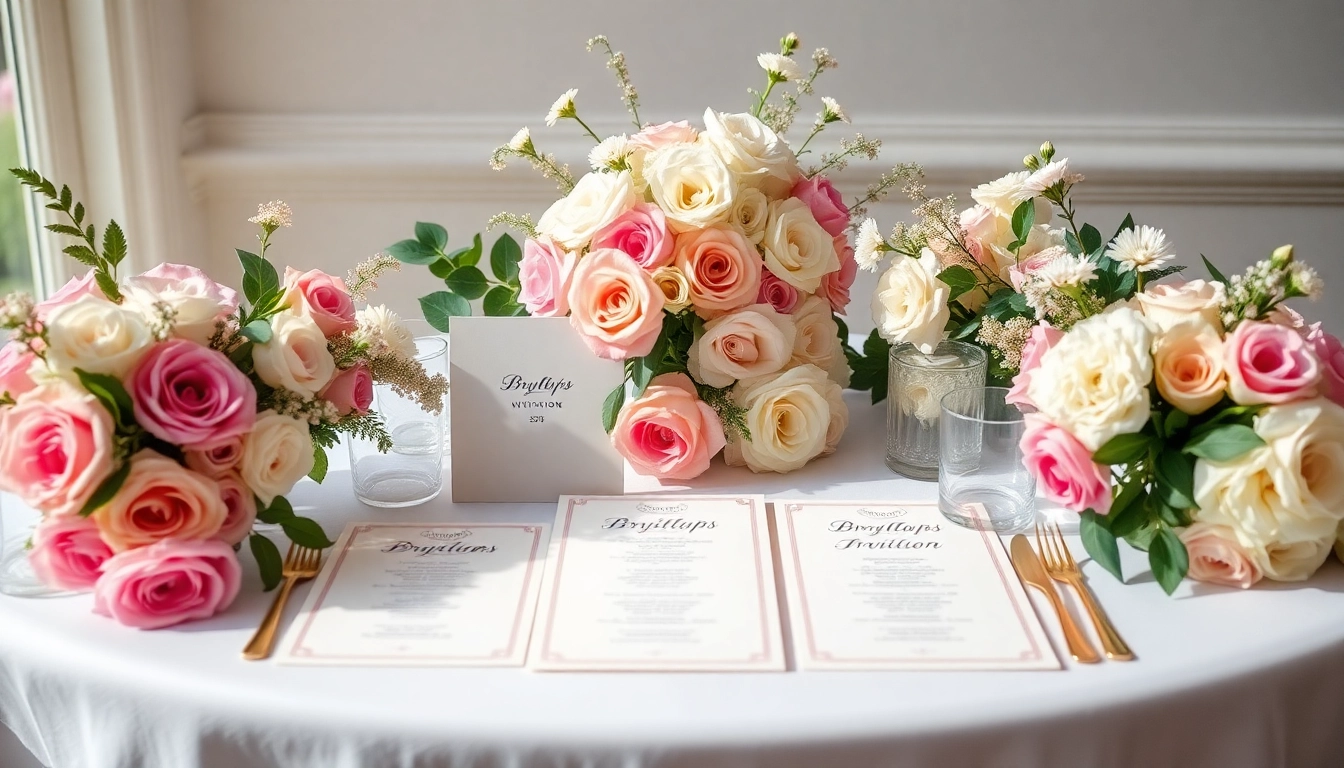Introduction to Olive Wood Carvings
Olive wood carvings are not merely decorative pieces; they embody a rich cultural heritage that spans centuries. Originating from the sacred olive trees of the Holy Land, these carvings reflect the artistry and faith of local artisans. Whether they take the shape of intricate religious figures or unique home decor items, olive wood carvings hold a special place in the hearts of many people around the world.
History and Significance
The tradition of olive wood carving can be traced back to ancient times in the Holy Land, a practice that has been handed down through generations. Artisans in Bethlehem, particularly, have developed a reputation for creating detailed and meaningful carvings that resonate with religious significance. Olive wood is cherished not only for its durability and beauty but also for its symbolic connection to peace and blessings, making it a preferred material for creating religious artifacts, such as nativity scenes and crosses.
The connection to Christianity is pivotal; many carvings feature biblical figures and scenes that are integral to the faith. The olive tree itself is seen as a metaphor for endurance, a fitting representation of the stories and teachings that these carvings depict. As these artisans diligently carve each piece by hand, they continue the legacy of their predecessors, preserving an important aspect of cultural identity in a rapidly modernizing world.
Crafting Techniques Used by Artisans
The craftsmanship involved in creating olive wood carvings is a meticulous process that requires years of training and dedication. Local artisans use various traditional techniques, starting with selecting the right pieces of wood from the remnants of pruned olive trees, ensuring minimal waste. The tools used are often simple hand tools, which allow for precision and intimate craftsmanship.
Once the wood is selected, artisans typically outline their designs on the surface. They then employ techniques such as chiseling and sanding to bring their visions to life. The detailing of facial expressions, clothing textures, and other intricate features demands not just skill but also a profound understanding of the material. Different artisans may have their unique styles, contributing to the diversity and richness found within olive wood art.
Unique Characteristics of Olive Wood
One of the most compelling features of olive wood is its unique grain and color variations. The wood presents a beautiful pattern that is both striking and elegant, ranging from deep browns to lighter shades with rich, intertwining grains. Each piece of olive wood has its own story, and no two carvings are ever identical, making every piece truly one-of-a-kind.
The density and hardness of olive wood also enhance its durability. This makes it not only suitable for decorative pieces but also functional artwork, such as kitchen utensils and serving boards. Additionally, olive wood has a natural resistance to odors and stains, further increasing its appeal in crafting both aesthetic and practical items.
Types of Olive Wood Carvings
Olive wood carvings can be categorized into several types, each serving different purposes and showcasing various artistic expressions.
Religious Statues and Icons
Perhaps the most recognized type of olive wood carving is the religious statue. These pieces often depict figures from the Bible, such as the Holy Family, saints, and biblical scenes. Nativity sets made from olive wood have become particularly popular during the Christmas season, representing the birth of Jesus Christ with intricate detail.
Artisans often take great care in depicting spiritual significance through their carvings. The emotional resonance of these statues often connects deeply with those who purchase them, serving as a source of inspiration, devotion, and beauty within homes and places of worship.
Functional Art: Kitchenware and Decor
In addition to religious figures, olive wood is popularly used for creating functional kitchenware. Items such as bowls, serving platters, utensils, and cutting boards are crafted with both utility and aesthetic appeal in mind. These pieces showcase the unique grains of the wood while being usable in everyday life, making them a staple in many kitchens.
The craftsmanship in these items often reflects a blend of beauty and functionality, with designs that are ergonomic for use yet visually appealing for display. More homeowners are choosing to incorporate olive wood kitchenware into their culinary spaces, appreciating the craftsmanship and the stories they carry.
Customizable and Personalized Pieces
Many artisans offer customizable options, allowing buyers to commission unique pieces tailored to their preferences. Personalization might include names, dates, or specific designs that carry personal significance, making these items perfect for special occasions like weddings, anniversaries, and religious milestones.
Custom pieces not only enhance the aesthetic of a space but also create lasting memories tied to specific events or loved ones. This trend has grown as consumers seek to apply more personalized touches to their home decor, fostering deeper connections with the art in their spaces.
Where to Buy Authentic Olive Wood Carvings
The authenticity of olive wood carvings is essential for ensuring that buyers receive products that support local artisans and preserve tradition. Understanding where to buy these authentic pieces can enhance the experience for those interested in acquiring olive wood art.
Local Markets in Bethlehem and Jerusalem
When in the Holy Land, visiting local markets is the best way to find authentic olive wood carvings. Markets in Bethlehem and Jerusalem are filled with stalls showcasing the craftsmanship of local artisans. Here, buyers can engage directly with the creators and learn about the stories behind each piece. This personal touch adds to the overall experience and ensures that the art purchased is genuine.
While visiting these markets, buyers should be mindful of the variations in quality. Engaging with artisans, asking questions about their techniques, and examining their body of work can help ensure that you are purchasing a high-quality, handcrafted item.
Online Retailers Specializing in Holy Land Art
In today’s digital age, many reputable online retailers offer a wide range of authentic olive wood carvings, allowing international access to these unique pieces. Websites dedicated to the handicrafts of the Holy Land curate selections from local artisans, ensuring both authenticity and quality. Options for online shopping provide convenience as well as a broad assortment tailored to different tastes.
However, it is advised to research the seller’s background, read customer reviews, and verify the sourcing of their products. Customers should look for retailers who support fair trade practices and demonstrate a commitment to preserving the artisan communities of the Holy Land.
Tips for Identifying True Hand-Carved Works
When purchasing olive wood carvings, especially online, it’s crucial to know how to distinguish authentic hand-carved items from mass-produced replicas. Here are some tips to help you identify genuine pieces:
- Look for imperfections: Authentic hand-carved items will have slight imperfections or variations, showcasing the artisan’s unique touch.
- Examine the grain: Real olive wood boasts unique grain patterns. Each piece should reflect the natural beauty of the wood itself.
- Ask questions: Do not hesitate to inquire about the craftsmanship and origin of the piece; reputable sellers should be able to provide details.
- Research artisans: Familiarize yourself with the artisans or brands before purchasing. A strong online presence with storytelling can often signify authenticity.
Care and Maintenance of Olive Wood Art
To preserve the beauty and durability of olive wood carvings, proper care and maintenance are essential. Understanding the right techniques will help extend the life of these treasured pieces.
Cleaning and Preservation Techniques
Cleaning olive wood carvings should be approached with care. For most items, a simple wipe with a damp cloth is sufficient to remove dust. Avoid using harsh chemicals or abrasive materials, as these can damage the wood’s finish. Instead, consider using mild soap mixed with warm water for more thorough cleaning.
To maintain the wood’s luster, it is beneficial to apply a food-safe mineral oil or olive oil periodically. This helps to nourish the wood and protect it from drying out. It’s typically recommended to treat kitchenware more frequently, as they are used regularly and come in contact with food and moisture.
Avoiding Damage: Do’s and Don’ts
Preventing damage to olive wood carvings involves being mindful of their placement and usage:
- Do keep them away from direct sunlight to avoid fading and cracking.
- Do protect them from excessive moisture and humidity, especially for kitchen items.
- Don’t place heavy objects on your carvings, as pressure can lead to warping or breaking.
Long-Term Care for Longevity
Long-term care is critical for ensuring that your olive wood carvings remain beautiful for years to come. Store them in a climate-controlled environment ideally away from extreme temperatures and humidity changes. For larger sculptures, regular dusting and occasional oil treatment will keep them looking vibrant, while smaller kitchen items benefit from frequent conditioning. With attentive care, olive wood carvings can age beautifully, enhancing their character and charm over time.
Embracing Olive Wood Carvings in Home Decor
Incorporating olive wood carvings into home decor can elevate the aesthetic and bring elements of culture and history into living spaces.
Incorporating Olive Wood in Various Styles
Olive wood’s natural beauty allows it to fit comfortably into various design styles, from rustic to modern. In a contemporary setting, sleek, minimalist olive wood sculptures can serve as an eye-catching focal point. In contrast, traditional style homes may opt for religious artifacts that tie the decor together thematically.
Pairing olive wood items with other natural materials such as stone, metal, or textiles can create a harmonious and inviting atmosphere. Its unique character serves as a conversation starter, enriching the home with both visual appeal and storytelling.
Gift Ideas Featuring Olive Wood Art
Olive wood carvings make for thoughtful and meaningful gifts, ideal for various occasions. Customized pieces, such as engraved serving boards or personalized nativity sets, can be a poignant way to commemorate relationships and events.
For those seeking a special present for a wedding, anniversary, or religious milestone, olive wood statues resonate with spiritual significance. These gifts reflect not only a personal touch but also an appreciation for the craftsmanship and cultural heritage they represent.
Creating a Cultural Story in Your Space
Each olive wood carving tells a story, from the life of the artisan to the cultural significance it carries. By curated olive wood pieces in your home, you not only enhance your space decoratively but also share these narratives with visitors. Engaging with the art and understanding its context allows you to create a culturally rich environment that reflects both appreciation for art and acknowledgment of its origins.



